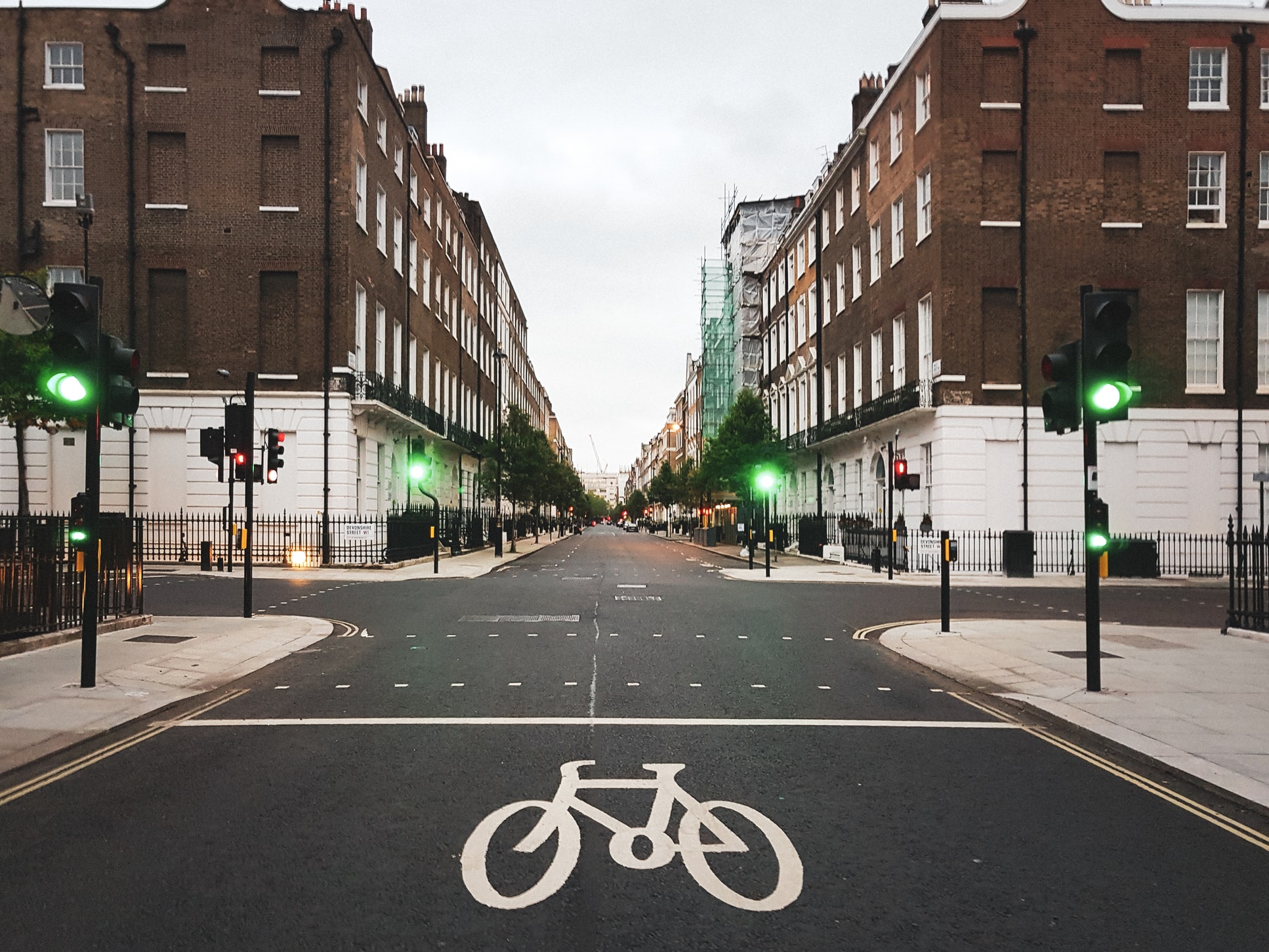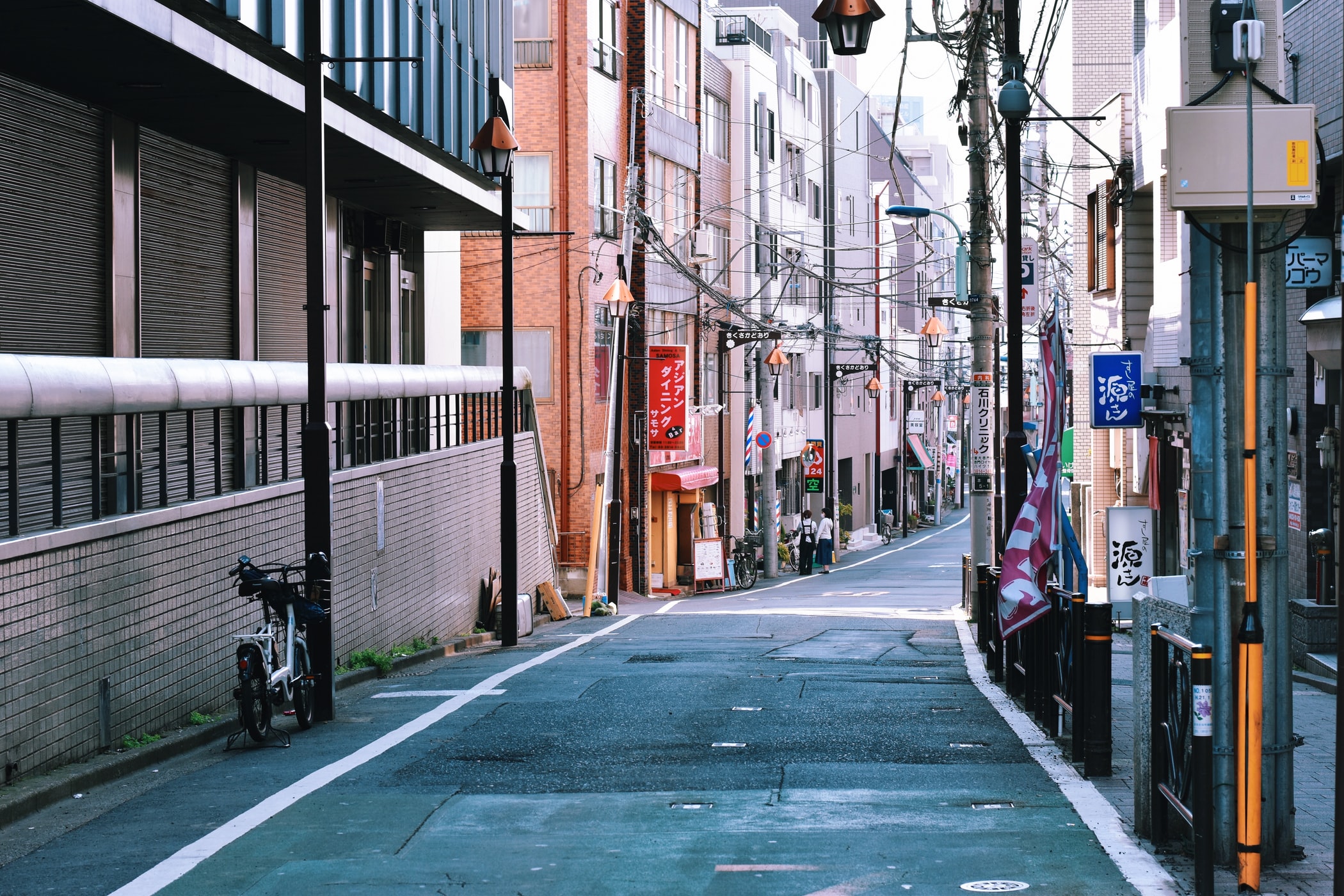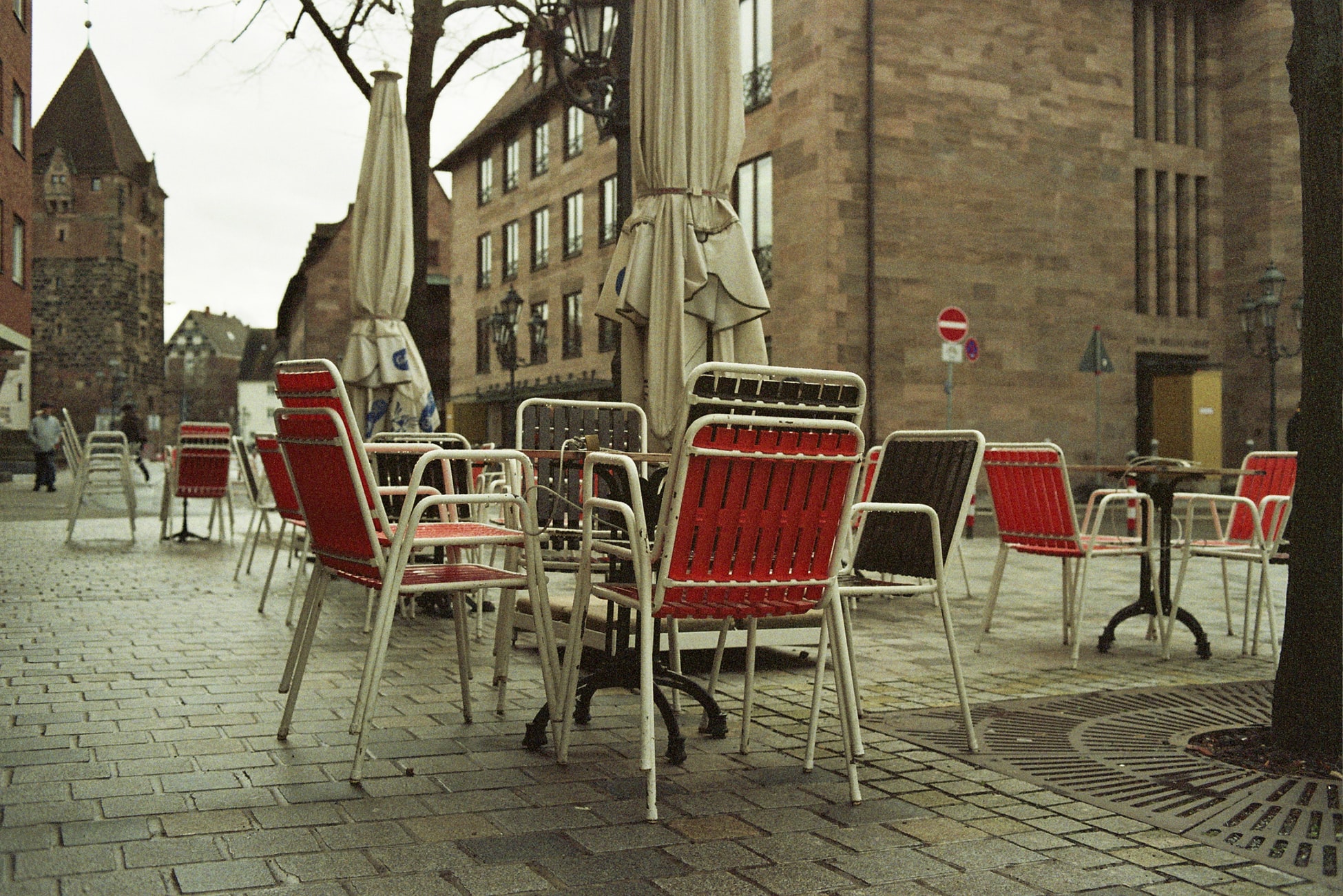
- Inspiring People -
- 4mins -
- 31 views
Lockdown Causes Longest and Deepest Reduction in Human Noise on Record
With most of the world under some degree of lockdown due to the coronavirus pandemic, the “seismic noise” generated by human activity has reduced by up to 50%.
Covid-19 lockdowns cause drop in seismic noise levels worldwide
In the months since the global coronavirus pandemic ground the world to a standstill, the human race has become quieter than at any other time on record. Widespread global lockdowns resulting from the COVID-19 pandemic have reduced the amount of seismic noise produced by humans by up to 50% in some places, a new study has found. This 2020 seismic noise quiet period began in late January and hit its peak from March to May. It was the longest and most prominent reduction of seismic waves from human activities in recorded history, researchers reported online, 23 July in Science.

69% of seismic stations around the world showed significant reductions in human-caused noise
Seismometers around the world don’t only pick up loud echoes of earthquakes rumbling through the subsurface. Apparently these super-sensitive instruments can also detect many subtle reverberations, such as the hum caused by ocean swells or groundwater circulating underground, as well as the periodic tremors that sometimes signal an impending volcanic eruption, according to Caroline Grayling for ScienceNews.
Seismometers can even detect ground vibrations generated by everyday human activities, such as traffic, construction and parades or football games.
The link between seismic vibrations and noise from human activity is more intuitive than it might seem, says seismologist Thomas Lecocq of the Royal Observatory of Belgium in Brussels, who led the study. “When we ask people if they heard an earthquake, we often ask, ‘Did it sound like a truck passing by?’ People associate the rolling sound of a truck with the vibration they feel.”
However, distinguishing the patterns indicating natural hazards from other seismic signals is tricky. Some patterns have historically stood out: Human-caused rumbles tend to rise and fall with the workweek and subside on holidays. Previous analyses of these signals have tended to be local. As a result, researchers haven’t ever mapped the global scope of human seismic noise, Lecocq says.
To try to assess the change in human-caused seismic noise due to the lockdowns, Lecocq and his colleagues focused on seismic signals with frequencies between 4 and 14 hertz. Lower seismic frequencies tend to be more heavily influenced by oceans and weather, Lecocq says, and signals with higher frequencies tend to be more easily absorbed and dampened by the sediments they pass through.
Of 268 seismic stations around the world, 185, or 69%, showed significant reductions in human-caused noise.
The noise reductions’ locations shifted along with the lockdowns as the pandemic swept across the globe, appearing first in China, then Europe and then the rest of the world, the researchers found.
The strongest reductions, as would be expected, were in heavily populated areas. Stations in Sri Lanka, for example, showed a 50% reduction in seismic noise from human activities. Even Sunday nights in New York City’s Central Park — normally a relatively quiet time for the city — were 10% quieter during the restrictions.
Source: ScienceNews.org

The 2020 seismic noise quiet period also revealed just how prevalent human seismic noise is
Smaller earthquakes that would normally have required computer processing to identify in an urban seismometer’s data — such as a magnitude 5.0 earthquake that struck near Petatlán, Mexico, on April 7 — became much easier to spot, thanks to a 40% reduction in human noise in the region.
Researchers in the past tended to think that the vast majority of recorded human seismic signals come from less than one kilometer away, or don’t penetrate deep into the Earth; but the quiet period revealed that seismic waves from human activities have a much larger reach than once thought. For example, the team found that a seismometer placed 380 meters underground near Auckland, New Zealand, was not only registering human activity, but saw that activity halved during the lockdowns.
Identifying these human-caused seismic patterns could help scientists remove some of that noise, and possibly be better able to zoom in on natural hazards in the future, Lecocq says.
That’s an intriguing possibility, but “it will take time for the scientific community to actually demonstrate that,” says Zhongwen Zhan, a seismologist at Caltech. An even more intriguing point raised by this study, he says, is that it highlights “how seismology can be used to monitor human activities and population dynamics.”
Source: ScienceNews.org



